During my visit to Nashville, Tennessee, I dropped in on two historic plantations: The Hermitage, the home of president Andrew Jackson; and Belle Meade, famous for its Thoroughbred horse breeding.
Both are museums that offer historic tours through Southern mansions that are beautifully restored as they were during their 19th-century heyday—and both offer a small glimpse into the lives of the enslaved people who kept the plantations running.
Here’s the lovely part of these estates: Vast Greek-Revival houses with carpets, silk draperies, gold-embossed wallpaper, four-poster beds, and fine china on elegant dining tables. Outdoors there are beautiful gardens, acres of lawns, stately magnolia trees with dinner-plate-sized blossoms, and well-equipped horse barns and carriage houses. Knowledgeable tour guides dressed like Southern ladies and gents tell visitors about the plantation history, including juicy gossip from yesteryear.
Here’s the dark side: Tiny, log cabins with stick beds and rag blankets where as many as ten enslaved people lived. Posts where slaves were whipped.
Now that more attention and scholarship (historical, anthropological, and archaeological) has been turned to the lives of enslaved people in the United States, historic plantations like Belle Meade and The Hermitage are including what few stories they have about these people.
Historic People I “Met” at The Hermitage
Andrew Jackson: The seventh President of the United States (1829–1837) was nicknamed Old Hickory as much for his hard-as-wood stubbornness as for his tall, skinny physique. He was a tough guy and a staunch believer in Western expansion. Jackson was responsible for the forced relocation of the Cherokee from their eastern homelands to Oklahoma, a horrendous and fatal march called the Trail of Tears.
Jackson also had a bullet an inch from his heart, embedded there during a youthful duel. Old Hickory’s heart softened, though, when he met Rachel Robards, a married woman. They married not once, but twice, because Rachel’s divorce hadn’t been legal when they first wed.
Charges of bigamy, decades after the couple was legally married, were unveiled during Jackson’s presidential campaign, and Rachel died soon thereafter, partly because of the strain and shame of the campaign.
Andrew Jackson purchased his first enslaved African American in 1794. Over the next 66 years he owned more than 300 men, women, and children—as many as 150 at one time. In the Jackson museum are photos of a few of the slaves, including Old Hannah, a house servant, whose grandson Alfred, is buried near the Jackson tomb. Alfred stayed on as a paid worker after the Civil War. I saw his cabin, refurbished as it looked in 1901 when he died. It was spare, but pretty comfy compared to the slave cabin of his earlier life.
Historic People I “Met” at Belle Meade
Isaac Murphy: The most famous African American jockey of the 1800s, and one of the greatest jockeys in American racing history. He won three Kentucky Derbies and 44 percent of all races he entered.
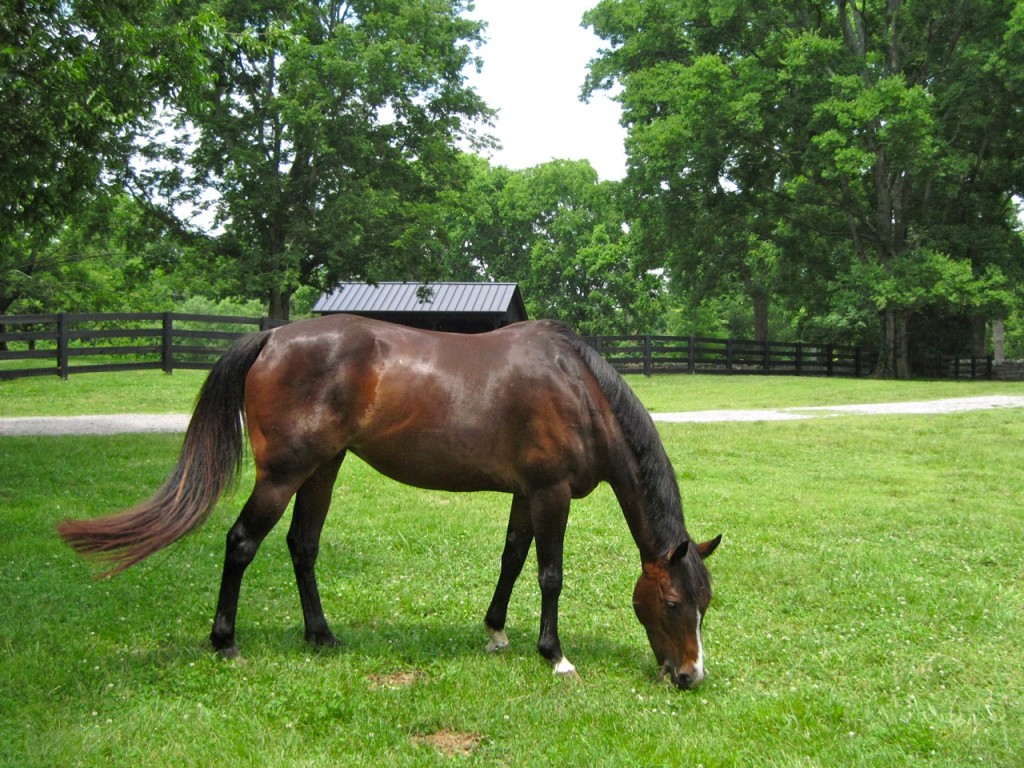
Although Belle Meade estate is no longer a working horse farm, this Thoroughbred poses in the green fields of Tennessee. ©Laurel Kallenbach
Bob Green: In 1839, the owner of Belle Meade, William Giles Harding brought a young enslaved boy, Robert “Bob” Green, to work at Belle Meade, where the Hardings raised and raced Thoroughbreds. At the end of the Civil War, Bob continued to work for the horse farm, and he became famous for his horse knowledge. As the head groom at Belle Meade, Bob always wore a white apron, and he appears in many paintings with the family’s horses.
Coping with the Contrasts
I grew up in Kentucky, and decades ago barely a peep was mentioned about the fact that the wealth and leisurely lifestyle of white people was made possible by the forced labor of African Americans. Slavery was politely overlooked when I was a kid in the South.
Things have changed, and I’m glad that plantations make an effort to tell (as best they can) the mostly untold and still mostly anonymous stories of enslaved people. Still, the acknowledgment of the horrors of the past can be discomforting. It’s much harder to revel in the beautiful aspects of elegant homes and gardens knowing that they were rooted in intense human suffering.
It’s easy to point fingers at the ugly heritage in Dixieland, but the truth is that northern cities such as New York were built by slave labor. So was the White House and the U.S. Capitol in Washington, D.C.
So, how does a visitor reconcile the dichotomies? At The Hermitage and Belle Meade mansions, I saw wedding portraits and libraries filled with leather-bound books. In slave quarters, it was illegal for people to marry or read and write.
I must admit, though, that I was quite taken by the hand-painted French wallpaper in the foyer of The Hermitage depicting nymphs and goddesses from ancient Greece. And I loved seeing the portraits of racehorses—the ancestors of Sea Biscuit and Seattle Slew—lining the walls of Belle Meade. And sitting on a rocking chair in the shade of the mansion’s porch, was a treat. I did enjoy experiencing all this, yet I was uneasy with that enjoyment.
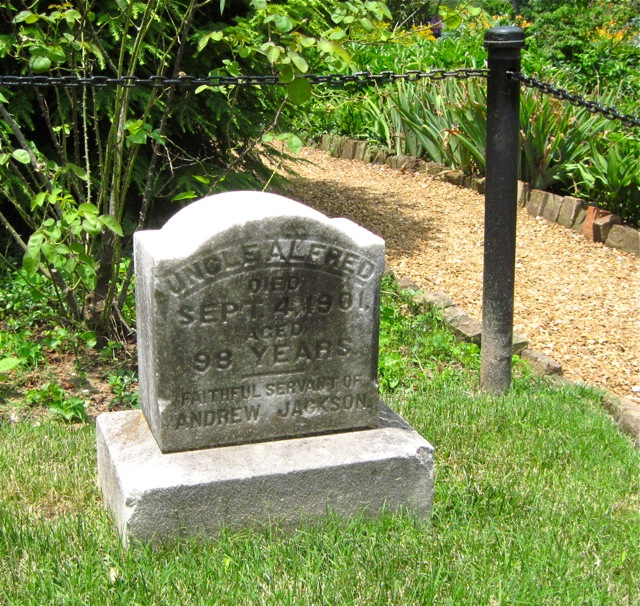
The gravestone of Alfred Jackson (Uncle Alfred), who lived at the Hermitage longer than anyone else, black or white. After emancipation, Alfred continued to work at the plantation, and he asked to be buried beside Andrew Jackson’s tomb. ©Laurel Kallenbach
That’s what makes visiting historic places important: they can delight us, but they can challenge us too. And, ultimately, they make us look at where we are today in a new light. We still live in a world with huge economic and social discrepancies. Slavery and human trafficking exist even now.
So, despite the sad and awful tale that must be told of plantation life in the South, it’s better to come, and see, and enjoy, and learn, and grieve. That’s what history has to teach us.
—Laurel Kallenbach, freelance writer and editor
Originally posted: November 2013

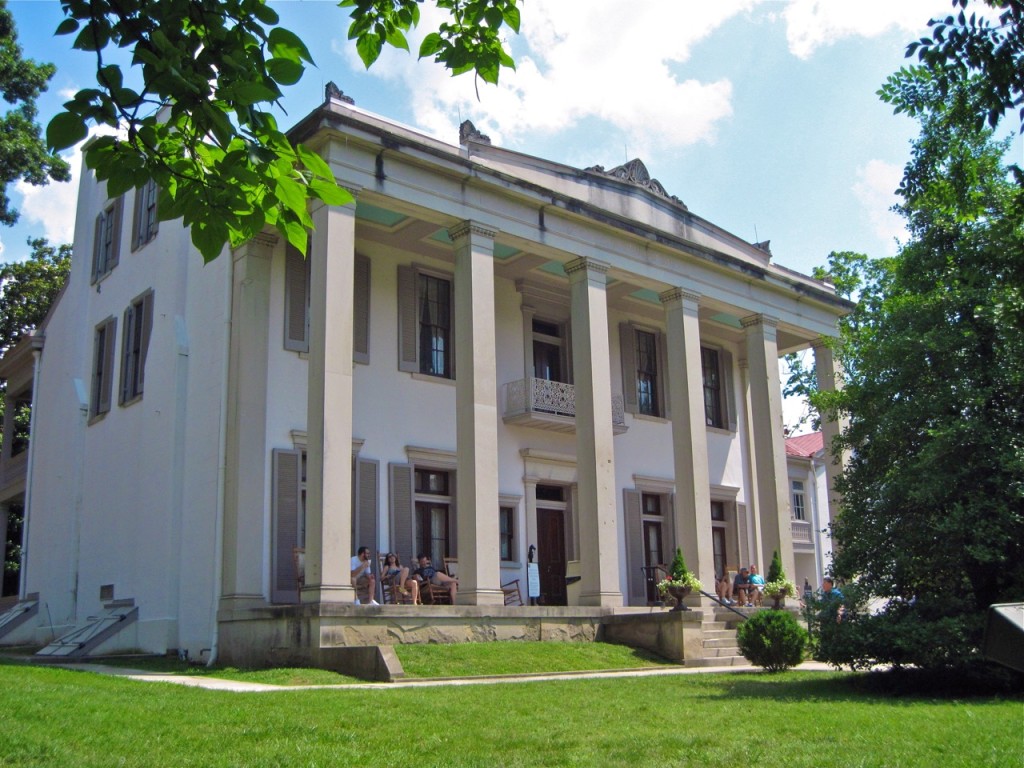
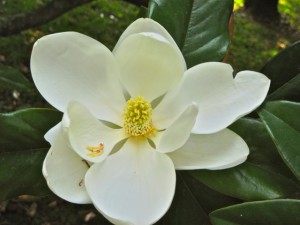
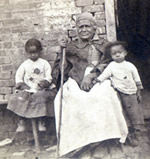
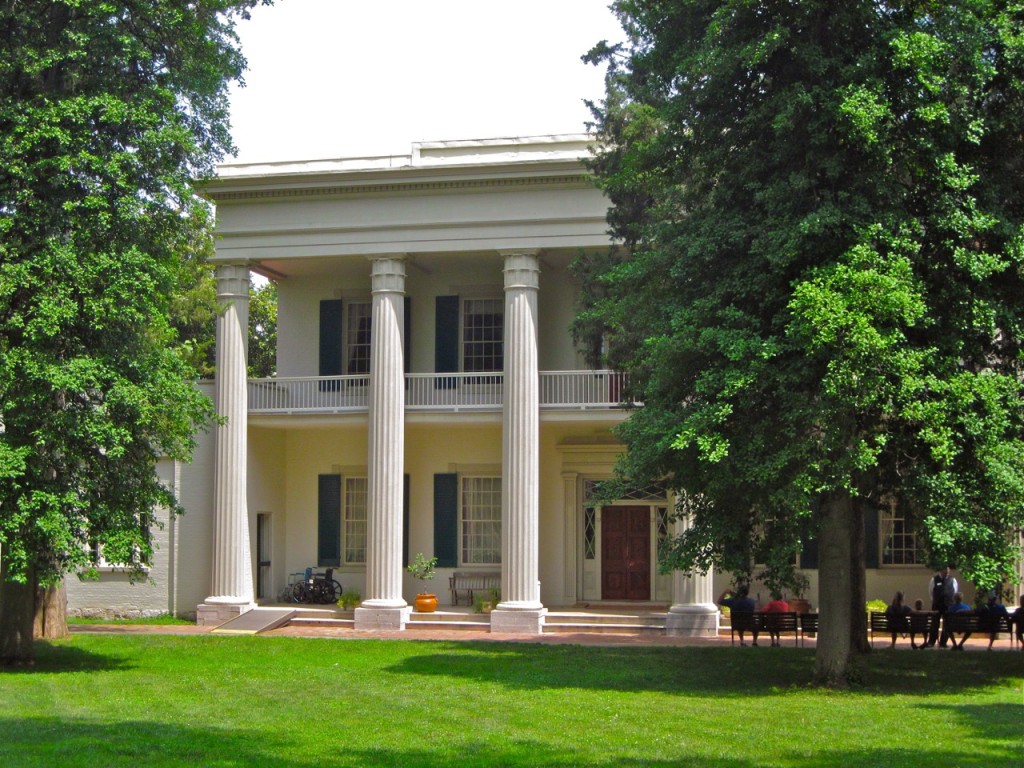
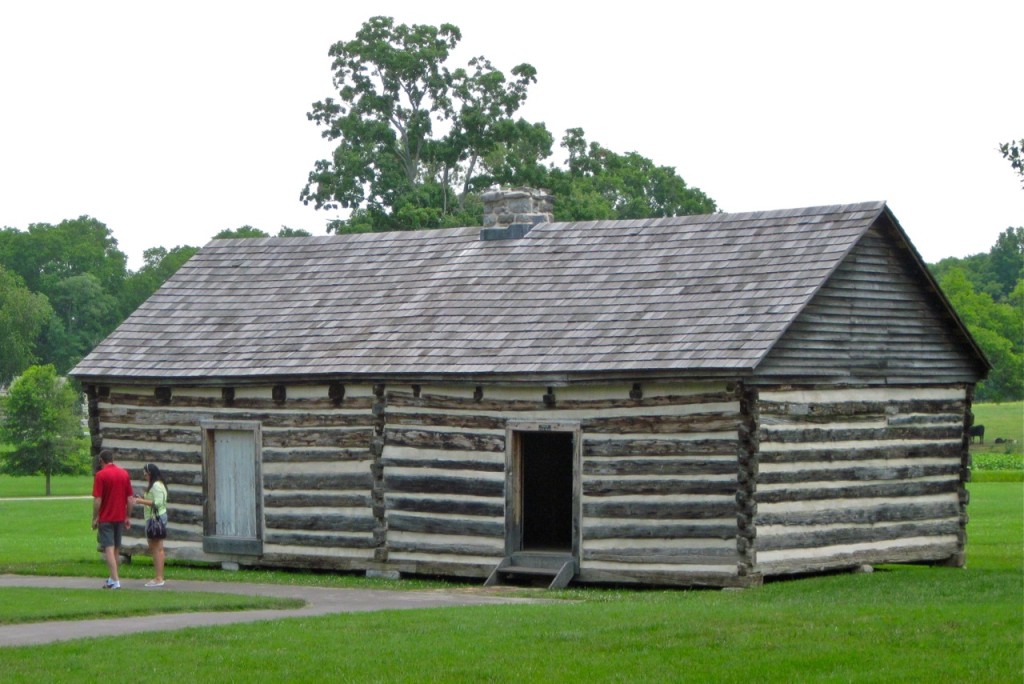
I enjoyed reading your account of these two visits and am glad you mentioned the ugliness that was behind the beauty of so many of our historical treasures.
~S
Thanks! I find it easy to feel “white guilt.” Can we ever atone for the horrors of the past?
I enjoyed reading your post. As an employee of the Hermitage, I drive a team of draft horses and provide a wagon tour called “beyond the mansion” whicch focuses on the lives of the enslaved that lived and toiled to make the Jackson’s plantation lifestyle possible. However, I wanted to correct your article by stating that Alfred was Jackson’s enslaved wagoner; not Albert. He was a remarkable character in the history of the Hermitage and a good chunk of my tour discusses his life from being born into slavery in the kitchen of the first Hermitage to his funeral held in the main parlor of the mansion.
Take care. Again, lovely article to read. I enjoyed very much so.
I thoroughly enjoy my job of shedding light into an otherwise dark and overlooked corner of history. I have learned so much which is how I stumbled across your blog – researching. I am headed to D.C . this summer and will your Monticello and Mt. Vernon as well as the Smithsonian. I am excited to soak in that presidential history that was built on the backs of the enslaved African Americans that helped build this country.
Thanks for correcting me–and for doing your part in sharing the little-known history of enslaved people in America. The National Museum of African American History and Culture in Washington is filled with both heartbreak and hope. It’s very moving.
I also enjoyed what you wrote. My family and I will be relocating to Nashville in 3 weeks and I am looking forward to checking these sites out at some point. I’m glad you mentioned how its unsettling to enjoy the beauty of these places when so much ugliness took place there for the enslaved. I know when I do eventually go I’ll probably feel rather sad as I walk through but also admire how amazing it is that it still stands. It seems with all that’s currently going on most people are trying to do better than before.
Thanks for your response. It’s been a few years since I visited the plantations in Nashville. Today I’m not sure I would want to go at all now, yet not acknowledging these place don’t exist seems dangerous. This is on all of our consciences––slavery existed in the northern states too–it just ended sooner there. We have a lot of reckoning to do regarding slavery.
As sad as it is to think of the mistakes and sin of the past, I do not agree with those that wish to erase history. It is what it is and we should learn from it. Thank you. I grew up in Nashville and love the lay of the land and beautiful homes. I also love history.
Thanks for your comment. I tend to agree, although I hear that plantation weddings are a “thing.” That feels wrong to me. Plantations need to charge money for visitors to keep the places from deteriorating, but hosting celebrations there seems awful. To me, visiting is a somber experience. Like the Holocaust, we must never forget that our nation was built by enslaved people.
Sorry I can’t agree with that Who would get on a tour bus travel Just to see where black peoples family live the worst part of their life why someone do history go to library